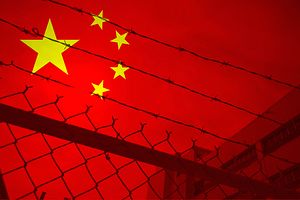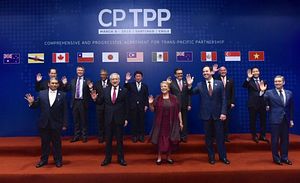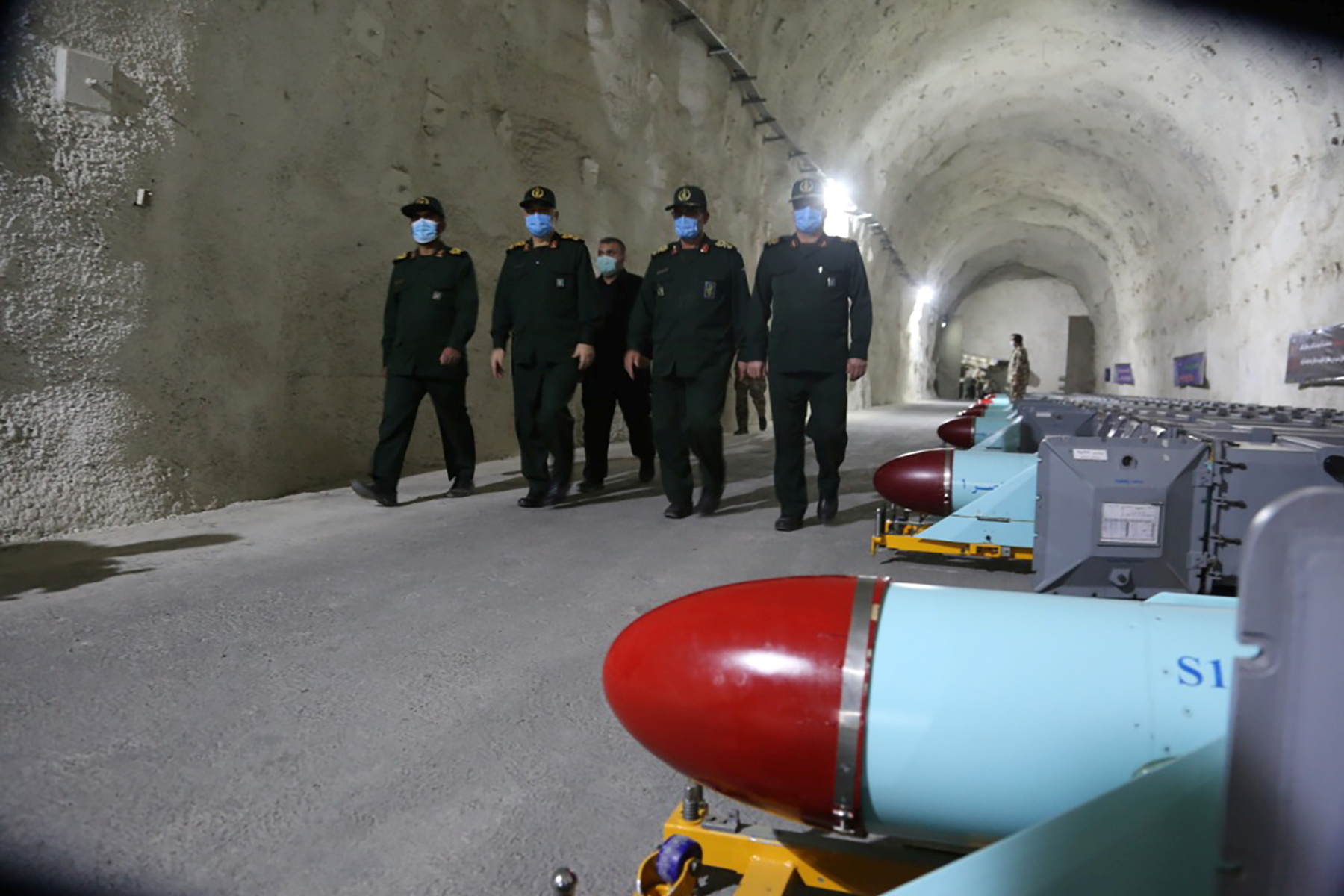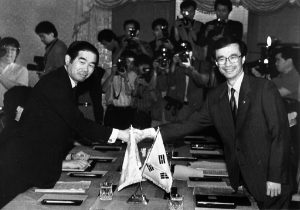Madhav Khosla and Milan Vaishnav
For more than seven decades, India’s Constitution has provided a framework for liberal democracy to flourish in one of the world’s most diverse societies. Legal changes and shifts in bureaucratic practices, however, have undermined central tenets of the prevailing order. In today’s India, the assent of the people is both necessary and sufficient to justify all forms of state action. This article outlines three manifestations of India’s new constitutionalism—the “ethnic state,” the “absolute state,” and the “opaque state.” These distinct, yet overlapping faces of the Indian state have undermined the rule of law, equal citizenship, checks and balances, and democratic accountability.
For more than seven decades, India’s Constitution has provided a framework for liberal democracy to flourish in one of the world’s most plural societies. Recent institutional changes and bureaucratic practices, however, have undermined central tenets of the prevailing constitutional order. India’s new constitutionalism has three distinct, yet overlapping, manifestations: the ethnic state, the absolute state, and the opaque state. This new order—whose legitimacy rests entirely on popular authorization without reference to how power is used—has weakened not only the rule of law, but also equal citizenship, the system of checks and balances, and the mechanisms for ensuring accountability.


















